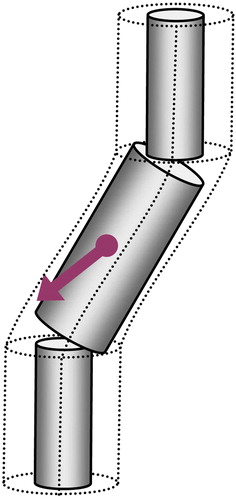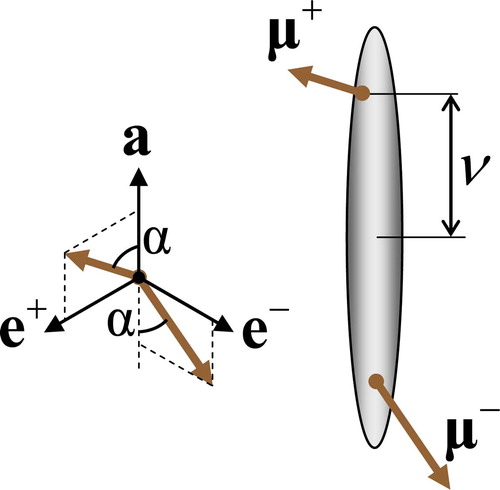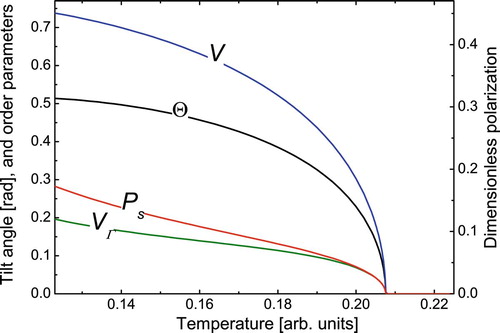Figures & data
Figure 1. Schematic representation of the dipolar ordering of the two chiral and polar ‘fishes’ in the tilted SmC* phase as originally proposed by de Gennes. If the fins of both ‘fishes’ point in the direction of the neighbouring layer boundary, the transverse dipoles of the ‘fishes’ are parallel and point in the direction perpendicular to the tilt plane.
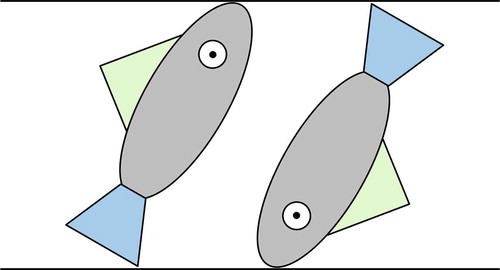
Figure 2. Simple models for chiral biaxial molecules of the C 2h symmetry with transverse molecular dipoles.
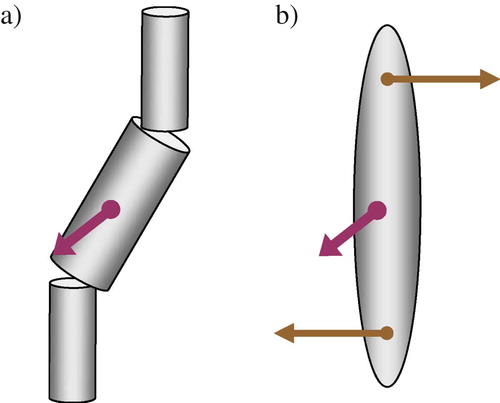
Figure 3. (a) In the SmA phase the molecular orientations A and B, which correspond to the opposite directions of the molecular transverse dipole, are equivalent and there is no macroscopic polarisation. (b) In the SmC* phase, molecular orientation A, say, is more energetically favourable than the orientation B, and there is a non-zero average dipole in the direction normal to the tilt plane.
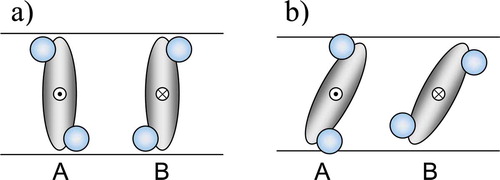
Figure 4. Orientation of the biaxial molecule of the zigzag shape (C 2v molecular symmetry) in the binding site of the same symmetry as assumed in the Boulder model.
